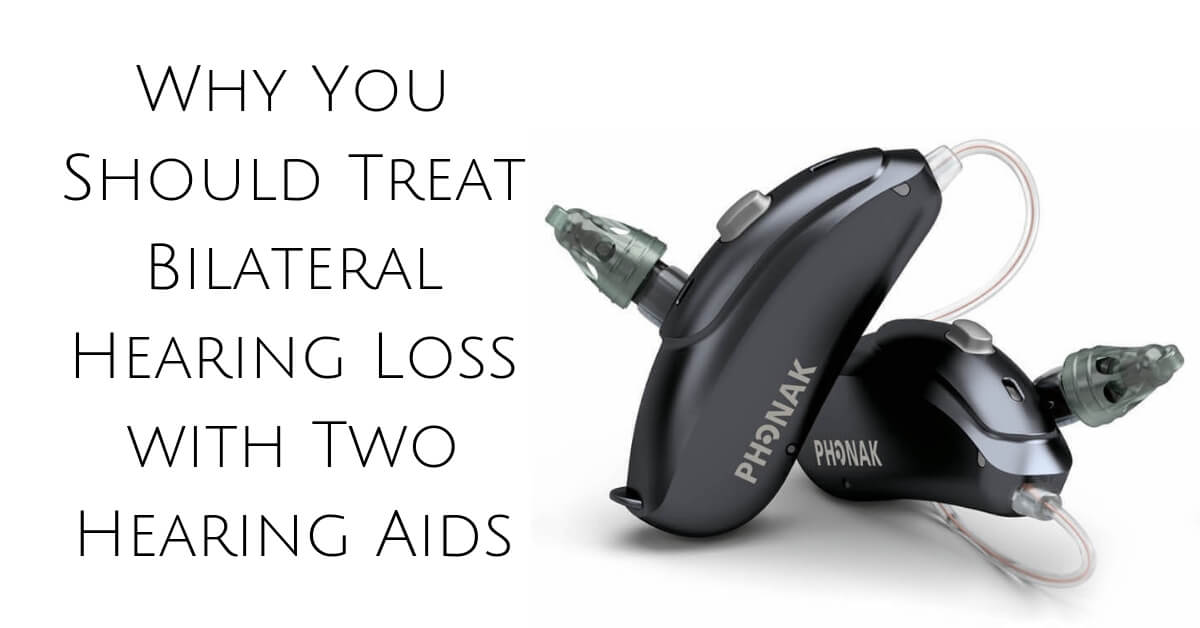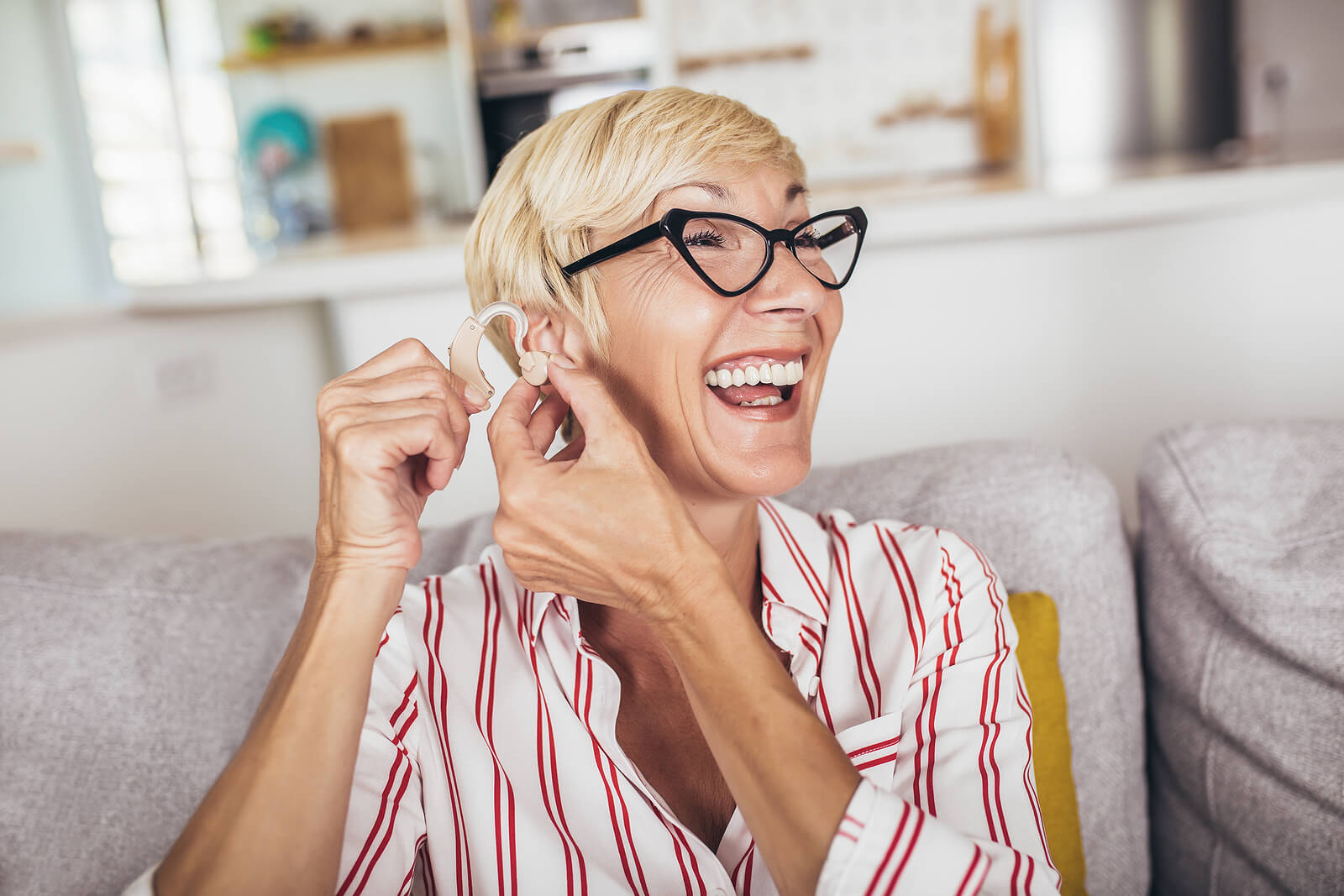
Bilateral vs. Unilateral Hearing Loss
Individuals often experience different levels of hearing loss in each ear. Often people realize that one ear hears better than the other and they begin to refer to that ear as their “good ear.” After a hearing test, results might indicate that this type of hearing loss is “unilateral.” Unilateral hearing loss can present as either a reduced ability or complete inability to hear out of one ear. Many who suffer from this type of hearing impairment have difficulty determining the direction of sound, and can struggle to separate background noise and speech.
Hearing loss can be categorized as unilateral or bilateral – meaning in one ear or in both. Furthermore, hearing levels can be different or similar between the ears – known as asymmetrical or symmetrical hearing.
Bilateral Hearing Loss
A bilateral hearing loss is a hearing loss that affects both ears. The bilateral hearing loss may be caused by factors in the outer, middle or inner ear or a combination of these areas. The symptoms of a bilateral hearing loss are reduced hearing in both ears. A bilateral hearing loss can be caused by many factors. The most common causes are: age, noise exposure, heredity and certain medications. These causes lead to a sensorineural hearing loss. When an individual has a bilateral hearing loss in both ears and their ability to conduct sound into the inner ear is blocked this is called conductive hearing loss. When the bilateral hearing loss is a combination of conductive and sensorineural factors, it is referred to as mixed hearing loss.
The Importance of Two Hearing Aids
Patients that suffer from unilateral hearing loss often wonder “Why can’t I treat only my bad ear for hearing loss?” While patients with more severe hearing loss in one ear might want to believe that one hearing loss can fix the problem, typically the factors that led to the impairment have affected both ears. Usually the hearing loss in both ears are affected to different degrees. In these relatively common situations, usually fitting just one hearing aid usually fails to provide a satisfying sound experience for the wearer.
Hearing well with both ears not only takes advantage of our ears’ critical ability to identify the location of sound (a surprisingly important component of our ability to listen and to focus on sound effectively), it also helps make speech easier to understand in the presence of noise and helps reduce the fatigue and confusion brought on by difficult listening environments.
Benefits of Bilateral Hearing
Hearing with two ears is very similar to seeing with two eyes. Binaural hearing enables us to hear sounds all around us and allows us to localize the direction of where sounds are coming from. This is especially important for our safety and ability to hear warnings. Another benefit of binaural hearing is it allows us to prioritize and understand speech through background noise. Two ears allow us to quiet the background noise and focus on the conversation you want to focus on. Two ears also provide us with an increased volume than just one ear alone.
More Brain Power
Sounds collected by your left ear are initially processed by the right side of the brain and versa visa. Both halves of your brain work together to organize the external signals into recognizable words and sounds. Using both sides of the brain significantly improves the ability to decipher speech and what’s known as selective listening, also known as the ability to pay attention to one sound over another. Having the ability to use more of your brain power to focus on the sound you want to hear is tremendously important in overcoming hearing among background noise.
How hearing aids handle two ears
In less advanced stages of hearing aid technology each ear of a hearing aid worked independently from the other. There was no communication or joint effort. While our ears would attempt to work together, the hearing aids did not. The best hearing aids today now feature ear-to-ear functionality or binaural imaging. This allows the two hearing aids to work together, like our two ears do naturally. This has made huge improvements in the way modern hearing aids can prioritize sound, filter out background noise, increase awareness of the direction a sound is coming from and recreate natural hearing.
Hearing Aid Associates
Have you experienced changes in your hearing? To schedule a hearing test, contact us at Hearing Aid Associates and get on the road to better hearing.

Tips For Improving Your Hearing Experience
Matthew Favinger, M.S., F-AAA

Finding the Perfect Hearing Aids
Matthew Favinger, M.S., F-AAA

